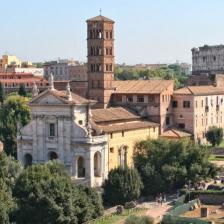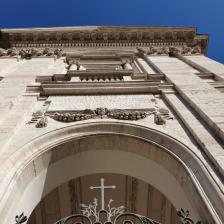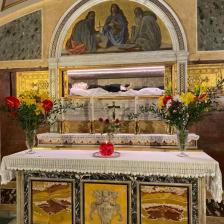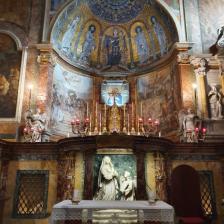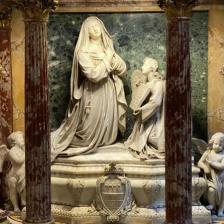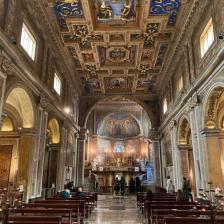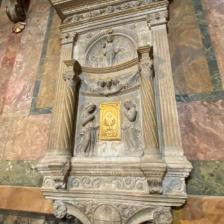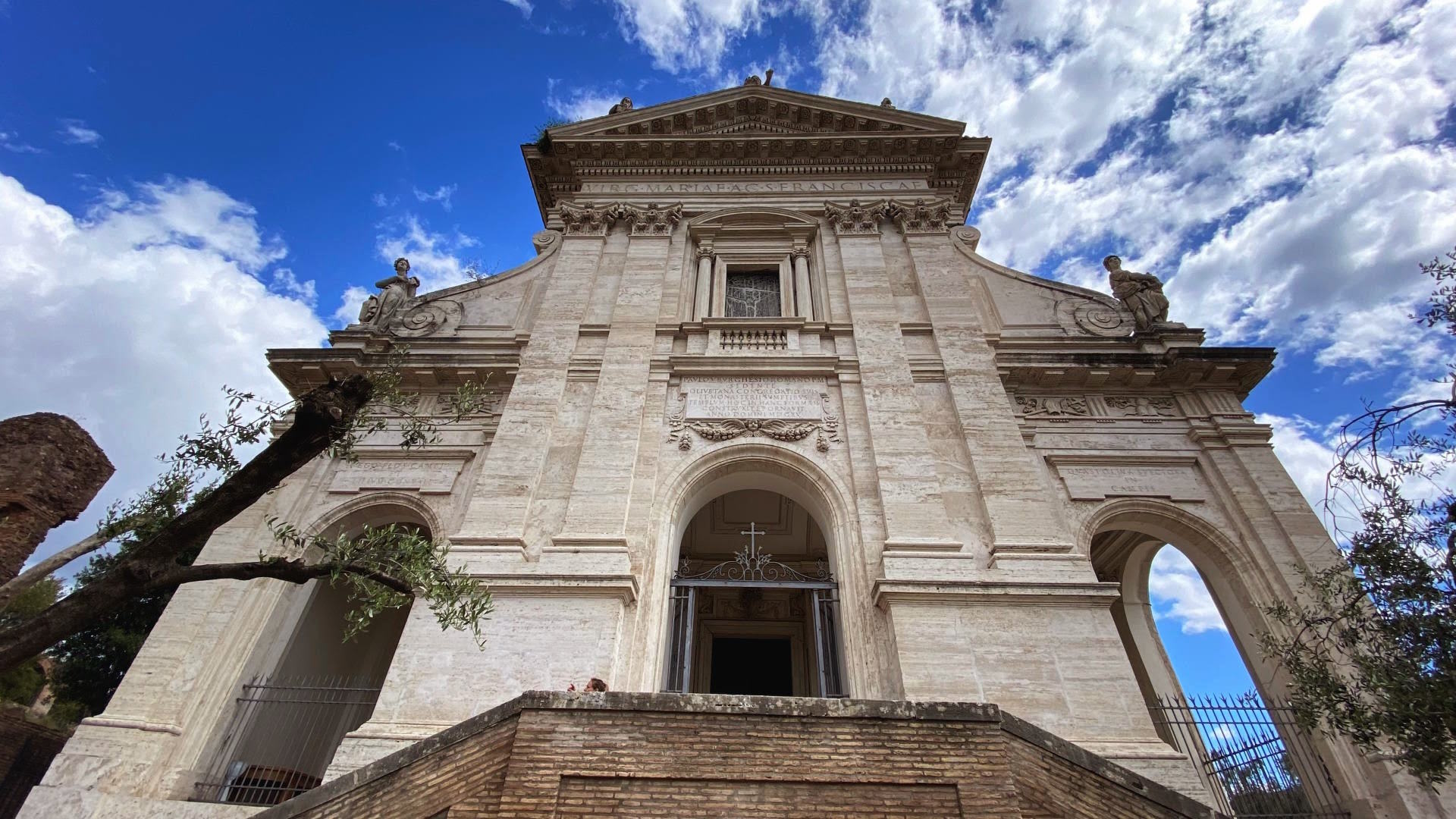
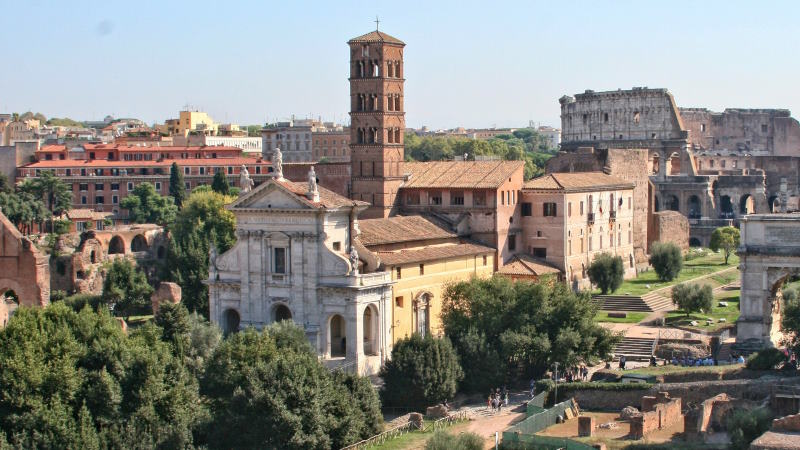
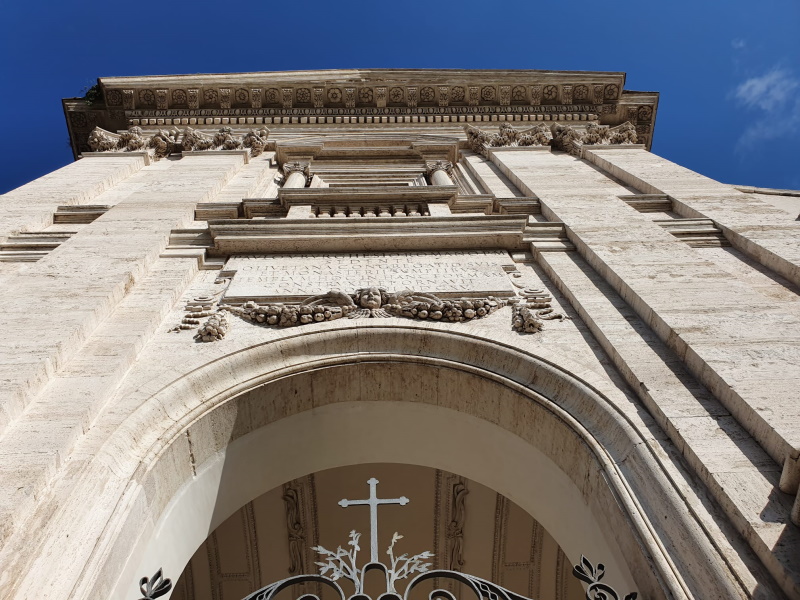
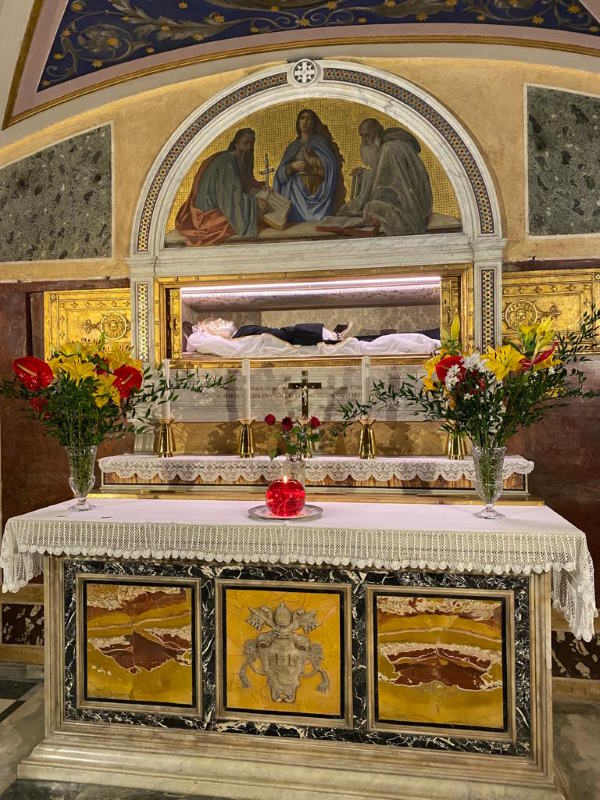
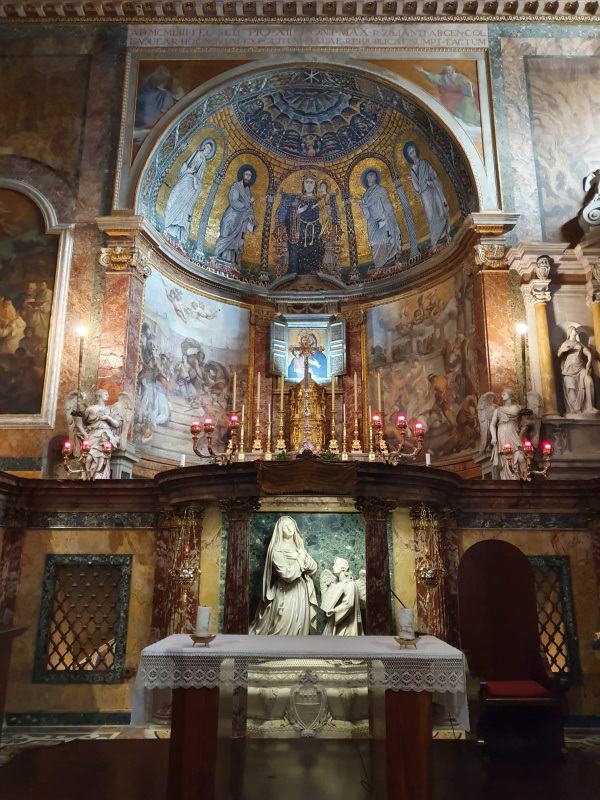
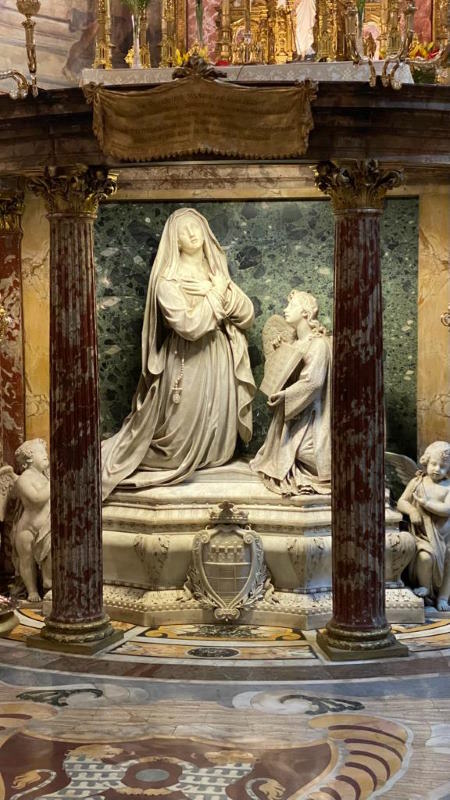
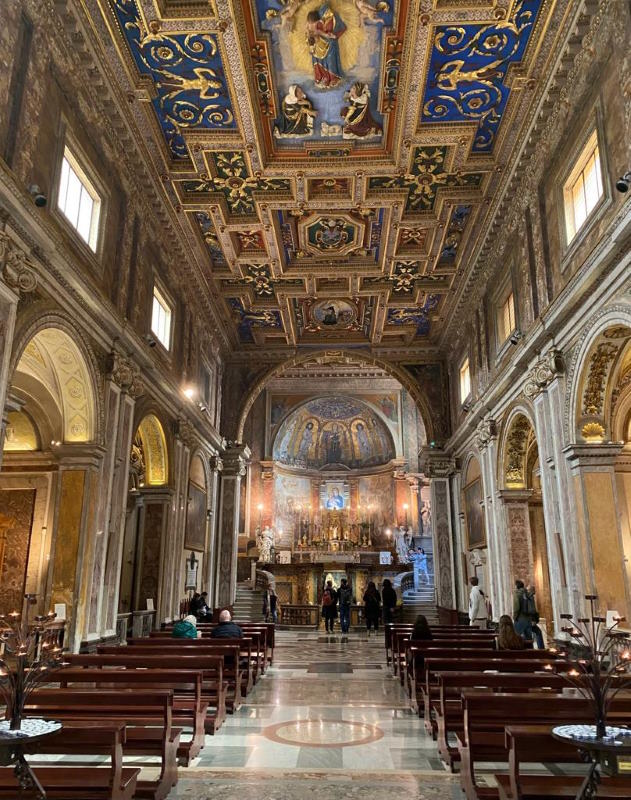
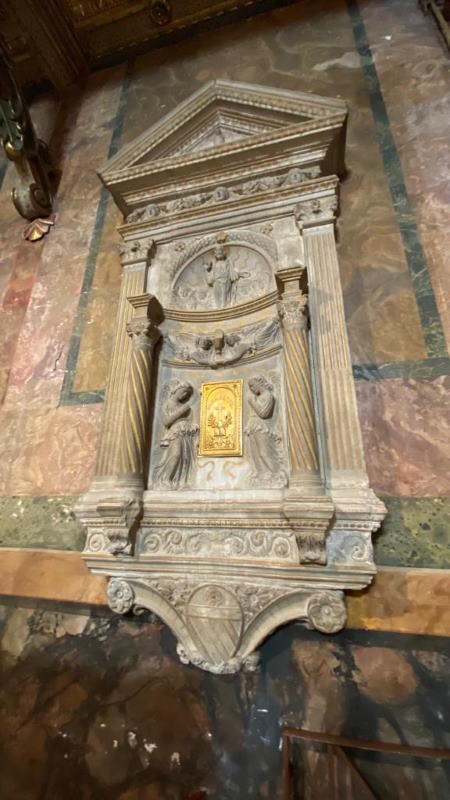
La iglesia está dedicada a Santa Francesca Romana, monja benedictina y patrona de los automovilistas (cuya festividad cae el 9 de marzo), que fue santificada en 1608 porque se dedicaba a ayudar a los pobres y enfermos. La estructura incorporaba el oratorio de los Santos Pedro y Pablo, que el Papa Pablo I había creado en el pórtico del Templo de Venus en el siglo VIII.
La iglesia fue reconstruida en el siglo XIII por orden del Papa Honorio II y fue remodelada con frecuencia, como en el siglo XVII cuando adquirió su aspecto barroco actual. La fachada, de Carlo Lombardi (1615), es íntegramente de travertino blanco y se eleva en la parte media, con un tímpano coronado por estatuas, con un orden de dos pares de pilastras. Incluye un balcón arriba y un alto campanario románico adornado con ventanas con doble parteluz.
El interior es de una sola nave con capillas laterales y un rico artesonado. En el ábside hay mosaicos del siglo XII que representan a la Virgen y el Niño con los santos. En la iglesia hay una losa de piedra con las huellas, se dice, de las rodillas de San Pedro y San Pablo. Entre las obras presentes, destacan el grupo escultórico de la Confesión, diseñado por Gian Lorenzo Bernini, situado al final de la nave, y el cuadro La Natividad de Carlo Maratta, en la primera capilla de la izquierda.
Desde 1352 la iglesia es oficiada por los benedictinos de Monteoliveto.
La sacristía, a la que se accede desde el crucero izquierdo, alberga la Madonna Glycophilusa (también conocida como la Virgen del Consuelo), precioso icono mariano del siglo V procedente de Santa Maria Antiqua y encontrado bajo el del altar mayor en la restauración de 1949.
Zona arqueológica de los Foros Imperiales
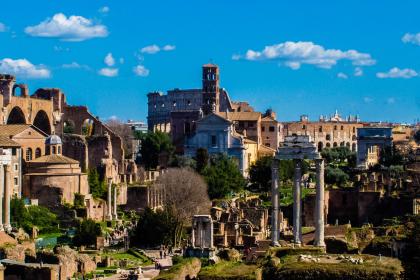
 Condividi
Condividi
Anfiteatro Flavio (El Coliseo)
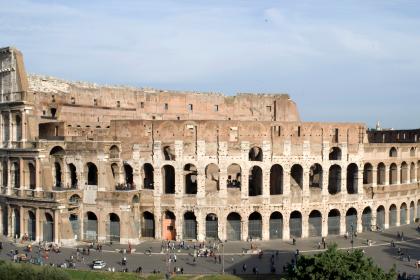
 Condividi
Condividi
Mercado de Trajano
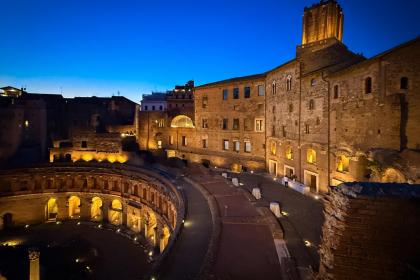
 Condividi
Condividi
Informaciones
Holy Mass times
Monday: 16.30
Tuesday: 16.30
Wednesday: 16.30
Thursday: 16.30
Friday: 16.30
Saturday and days before public holidays: 16.30
Sunday and public holidays: 11.00
*In July and August, weekday Mass is celebrated at 19.00
Times are subject to change, so please always contact the Church.
 Condividi
Condividi
Location
Para conocer todos los servicios de accesibilidad, visite la sección Roma accesible.












































